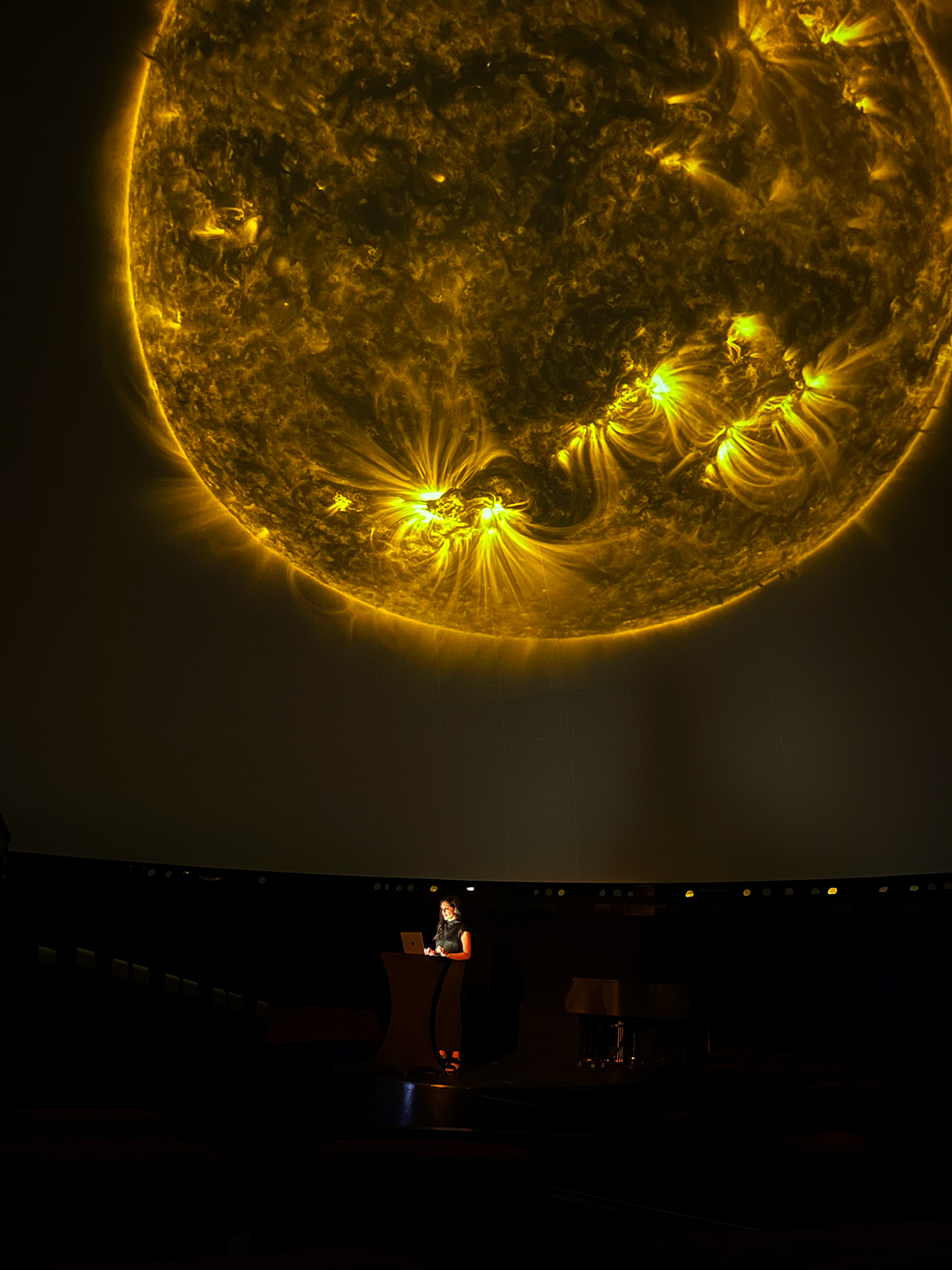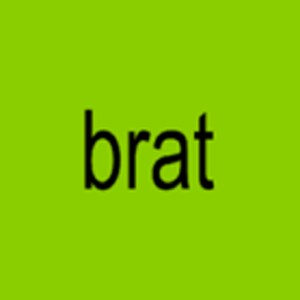By providing your information, you agree to our Terms of Use and our Privacy Policy. We use vendors that may also process your information to help provide our services.
BLOOD STREAM

ESSENTIALLY A VEHICLE for solo performance, TikTok can make individual careers, but the humble Facebook-Twitter-YouTube ecosystem—identified by the British filmmaker Peter Snowdon as the vehicle for “vernacular video”—can make history. The most obvious example: Darnella Frazier’s recording of George Floyd’s murder, arguably the most influential single cinematic event in recent memory.
The Uprising, 2014, Snowdon’s scandalously underappreciated Arab Spring compilation, is a landmark deployment of vernacular video. So is The Monopoly of Violence, 2020, known in France as Un pays qui se tient sage (loosely, “a well-behaved country”). This metadocumentary, an annotated assemblage of mainly first-person smartphone videos made during the gilets jaunes (yellow vests) demonstrations of 2018 and 2019 by the mixed-media journalist-artist-provocateur David Dufresne sans help from French ministry of culture, is as significant in its way as the founding film of cinema verité, Jean Rouch and Edgar Morin’s 1961 Chronicle of Summer, in which Parisians of all types were asked about their personal lives and then in some cases, having seen themselves on-screen, were interviewed again provide the film’s coda.
Monopoly creates a similar feedback loop. Simply described, the film features images of urban mayhem—Robocopoid police battling scraggly yellow vests. Produced largely by the demonstrators, these videos are presented on the screen as subjects for analysis by actual participants, among other commentators (truck drivers, plumbers, lawyers, police-union officials, academics, social workers, journalists, stay-at-home moms): talking heads whose identities are withheld until the end of the movie, the better to sharpen the viewer’s appreciation of body language and vocal tone.

Dufresne employs a radical method of directing. Subjects respond to stimuli, in some cases reliving an experience. The movie’s first words are “C’est moi,” uttered by a demonstrator who has lost an eye as he watches himself wounded and crawling on the ground. This is immediately followed by a stern rebuke from Emmanuel Macron, who, shown alone amid an obedient audience, scolds an unseen gilet jaune sympathizer: “Your words repression and state violence are unacceptable in a constitutional state.” Dufresne inserts an opinion by the wounded man’s mother, followed by some truly atrocious examples of “unacceptable” state violence, including footage in which, in their apparent eagerness to confiscate a camera, cops smash their way into a car.
Visceral as it is, Monopoly is a montage film in the Soviet tradition. Dialectics abound. Brutality is juxtaposed with theory. The same streets are shown during and before chaotic manifs. Violence perpetrated by the police is set beside violence perpetrated against the police—the latter most elaborately in some multiscreen security-cam footage watched, in real time, by an outraged group of cops. The idea that the state is defined by its monopoly on violence is derived from Max Weber’s 1919 lecture “Politics as a Vocation”: hence the movie’s American title. More sarcastic, the original French title refers to a cop’s gloating comment on footage showing perhaps forty young Arabs being taught to “behave” by spending hours on their knees, hands clasped behind their heads. Dufresne, born a month before May ’68, attributes his interest in police brutality to his teenage enthusiasm for punk rock. Monopoly has universal relevance even while it is specifically French, dealing as it does with the indigenous gilets jaunes movement—a leaderless, mostly working-class revolt sparked by rising fuel prices and unified largely by a populist loathing of Macron—while advancing a variety of analyses that deploy semiotics and critical theory with infectious gusto. There is thought amid the clobbering. Academics parse symbols; sociologists dissect crowd behavior and “ritualized” or symbolic acts of aggression. Philosophers suggest that demonstrations serve to make establishment power manifest, while smashing the windows of the high-end Champs-Elysées brasserie Fouquet’s enables demonstrators to physically possess the shards of that power.

When the gilets jaunes vandalized the Arc de Triomphe—a monument to Napoleonic state violence—while singing “La Marseillaise,” they “surged into revolutionary mythology,” one historian explains. Phantoms seek to materialize. As the gilets jaunes are a collective memory of the sansculottes, so Macron’s imperious pronouncements and self-serving identification with the republic seem bizarrely Bonapartist.
Guy Debord, Jean Genet, Pierre Bourdieu, and, inevitably, Michel Foucault are name-checked, along with Hannah Arendt, whose theory that power derives legitimacy from the consent of the governed does seem a bit old-fashioned. Legitimacy is conferred by the media in all of its manifestations. Meaning is a function of framing. While official French news channels concentrated on gilets jaunes violence, the YouTube ecosystem provided a reverse angle by focusing on the police. Hence the frequent instances of cops threatening citizens armed with cell phones or taking care to hide their badge numbers and motorcycle license plates. Footage produced by a demonstrator lying flat on the pavement underscores an aggrieved cop’s response to other footage: “Do you know what it’s like to work while you are constantly filmed?”
Has the panopticon regime been turned against itself? Or is surveillance, like violence, a state-defining monopoly? Last fall, around the time The Monopoly of Violence was first seen here, the French legislature passed a “security bill” criminalizing the circulation of images that documented the police in action. Widely protested and somewhat amended, it still exists, designed, as the interior minister put it, to protect the “children of the republic,” by which he meant the cops.
The Monopoly of Violence screens at Film at Lincoln Center from June 18.













